Melanoma Treatment Cost in India
Unlock Exclusive Discount : Your Gateway to Premium Healthcare with Medsurge India Health Value Card.

Unlock Exclusive Discount : Your Gateway to Premium Healthcare with Medsurge India Health Value Card.

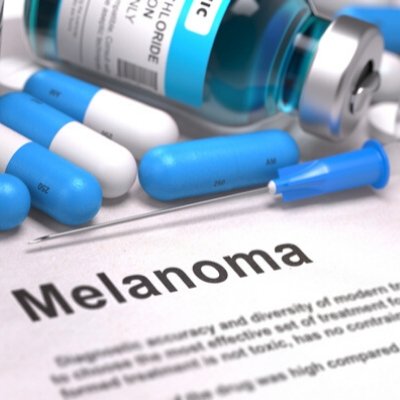
The travel to finish Cancer retrieval could be drawn and fraught with complications. We are aware that your apprehensions, with a promise to give you the best possible options and total assistance every step of the way.
Melanoma is a cancer that develops from the cells that provide color to the skin known as melanocytes. Melanocytes are the pigmented cells that produce melanin to protect the skin from ultraviolet rays generated from the sun. There are various kinds of skin cancers/Melanomas. All these melanomas can start in almost any area of the skin. Reach out to our experts by contacting us and get an affordable Melanoma Treatment price in India.
In the same way, pigmented areas on the skin can reveal a change in their appearances which again might be an indication of melanoma. A mole is an aggregation of a number of the melanocyte cells from the skin. These are typically very secure but occasionally they start to increase in an abnormal and uncontrolled manner deeper into the layers of the skin resulting in melanoma or skin cancer.
This cancer has become the most dangerous type which develops rapidly, reaches on the lymphatic system, and spreads to other areas of the human body. The precise cause of melanomas isn’t clearly known but vulnerability to tanning lamps and ultraviolet rays from sun increase your chance of developing melanoma particularly in young women under 30. Important factors that contribute to skin melanoma are:
There are a lot of advantages for surgically removing skin cancer, for Example:
Melanoma analysis was created by the self-examination of the epidermis in-home or by trained practitioners typically a dermatologist. However, precise identification is going to be carried out with a skin biopsy. Doctors usually remove the whole additives for esophageal and sometimes, a component can be eliminated if it’s extremely large. The depth of this mole frequently determines the treatment strategy if it’s thicker the disease is likely to be severe.
To ascertain the spread of melanoma to neighboring lymph nodes a sentinel node biopsy will be guided. Melanoma is categorized into four phases which are contingent on the place either locally or it’s spread into other organs that the reduced the amount higher is going to be the success rate.
Early phase melanomas will be effectively treated by operation, if it has spread beyond the skincare will be awarded where the medication aim right to the website, and radiation to eliminate the lymph nodes will be advised. Together with these biological remedies also contributed to increasing the immune system to get a rate of recovery.
Helpful – Skin Cancer Treatment Cost in India
These tests May Be needed Prior to the Processes and at the staging process:
Ordinarily, minute size tumours using a size approximately half an inch are excised as inpatient surgery.
Following the removal of the cancerous lymph nodes within a place, the human body’s capacity to drain could possibly be impacted. This may lead to fluid accumulation in the site of operation. In addition, the groin region is going to be hard to stay dry and clean for great health. The individual should follow the instructions below to decrease any unwanted effects of the operation and also to promote wound healing.
Medsurge India offers the best Melanoma Treatment Cost In India at an affordable price for international patients coming to India under the supervision of the most trained doctors.
Read More - Cancer Treatment Cost in India
Q: What are the side effects of melanoma surgery?
A: The side effects of melanoma therapy include:
Q: What are the kinds of excision made through the operation?
A: The kinds of excision involved with the operation are:
Q: What will be the cells involved with skin cancer?
A: Melanoma begins in the skin layer of the epidermis. It is made up of 3 cells:
Q: What are the symptoms of Skin Cancer?
A: Have To consult with a physician if the patient is suffering from the following symptoms:
Q: What is the best way to diagnose melanoma?
A: When new moles have emerged on the skin or the Present mole changes its feel evaluations Will Need to be performed to diagnose the melanoma like skin evaluation by the doctor to look after:
The biopsy of this abnormal tissue needs to be accomplished by a pathologist to discover the abnormal cells. A blood test to discover Lactate dehydrogenize levels ought to be done in order to look at the spread of melanoma to distinct areas of the human body.
Q: What will be the factors that raise the danger of a recurrence?
A: Several factors are:
Q: What will be the additional remedies occasionally used after the operation?
A: The additional remedies are:


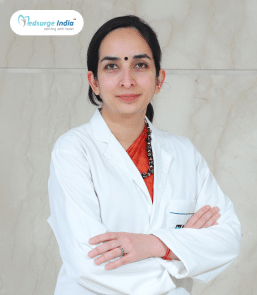


Consultant
15 years of experience
Narayana Multispeciality Hospital
View Doctor



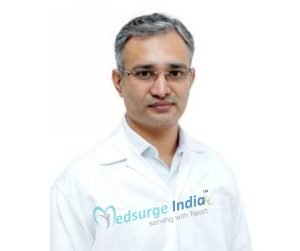

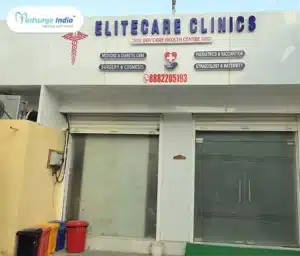
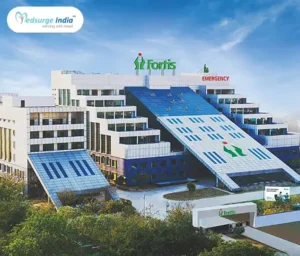

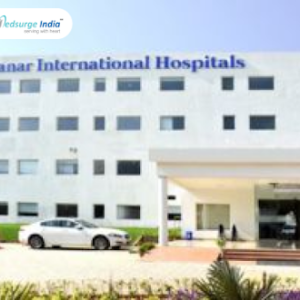


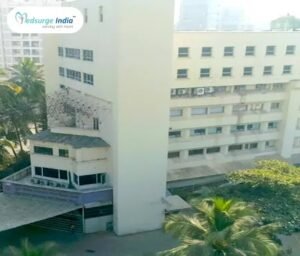

By using our site, you agree to our Terms and Conditions, Privacy Policy and Refund Policy. Medsurgeindia does not provide medical advice, diagnosis, or treatment. The information provided on this site is designed to support, not replace, the relationship that exists between a patient/site visitor and his/her existing physician. We also Accept International Payments.

Copyright © 2025 NSM ONLINE SOLUTIONS PRIVATE LIMITED. All rights reserved.